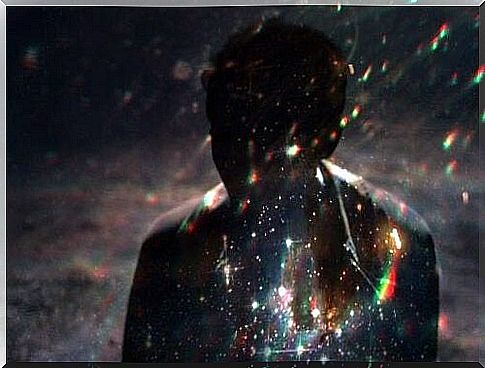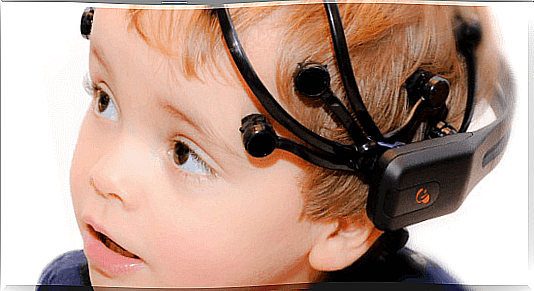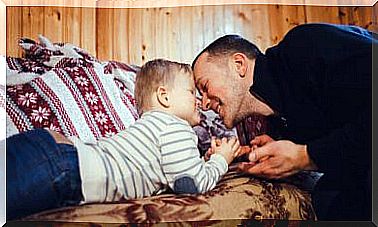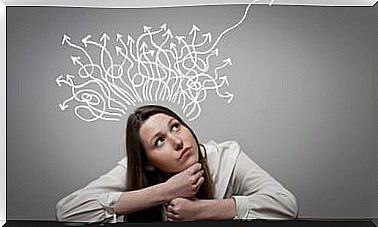Absence Crises In Children

Although not serious, absence seizures are a neurological disorder that occurs especially during childhood and rarely persists into adulthood. In fact, they tend to disappear over time.
Absence crises are fleeting. They only last a few seconds (usually much less than a minute). And since they are safe, they have a positive prognosis. In other words, crises are not a problem for the child in the long run.
Many times they can go completely unnoticed. However, it is important to be informed about how they can be presented so that when the time comes to witness one, we do not panic.
The absence crises, a petit mal
In French they are called petit mal, which would be translated into Spanish as a minor condition (in the sense that they can go unnoticed and that they do not constitute a serious physical impediment).
Now why do they occur? Very simple: due to an imbalance of brain neurotransmitters. This means that, for a few moments, the electrical activity of neurons becomes repetitive. It is one of the types of seizures that epileptic patients present.

How to identify an absence crisis?
There are cases of absence seizures in children that recur several times a day. They can also occur for several weeks and even months.
Symptoms come on suddenly; being the most notorious: distraction, self-absorption and drowsiness. Seen from the outside, it seems that for a moment, the child is daydreaming or absorbed in his thoughts. It gives the impression that they are disconnected or absent from the world.
An elementary but effective test that can be done to the child is to interact with him. You have to talk to him, pat his hair or shoulder, offer him a piece of candy, ask him what he is thinking, and so on. The idea is to help you “return to Earth,” so to speak.
If the child is only distracted or self-absorbed, he will react and remember what happened around him during all that time. On the contrary, if you do not react and do not remember what was happening, you may have experienced an absence crisis.
Types of absence seizures
- There is the so-called typical absence seizure, which usually arises as a consequence of an epileptic seizure. Once the child begins to enter adulthood it tends to disappear. The main symptom is sudden disconnection. In some cases the child may have very slight involuntary facial movements. Once the crisis has passed, the child returns to normal, as if nothing had happened.
- We also have the so-called atypical absence crisis, it is typical in children with epilepsy and encephalopathy. They also tend to have psychomotor problems. Its main characteristic also consists in the disconnection, only that in these cases it is less abrupt both at the beginning and at the end. Some cases of this type of crisis can sometimes go unnoticed. Especially in those cases in which the crisis has not yet been determined.
- The so-called complex crises, their main characteristic is due to the appearance of an aura, it means that the appearance of a sensation determines the appearance of the crisis. They are more extensive, they can last up to a minute and in some cases a little longer. The child performs strange and consistent movements, such as manipulating objects.

Diagnosis
The neurologist will evaluate the case through a physical examination, which may include an EEG. This study will allow to give a much more precise diagnosis. On the other hand, when evaluating the history, a very important factor to take into account in the diagnosis is the presence of epilepsy in the family.
Treatment
To treat absence seizures, the neurologist usually recommends the administration of certain antiepileptic drugs. These are generally low doses and the treatment itself is relatively short-lived. Once the doctor decides to stop treatment, it will not be necessary to resort to the drug.
Like many treatments, this is not stopped suddenly, but is withdrawn, little by little, under medical supervision. In this way, the body gradually gets used to operating without the drug.
Of course, a healthy lifestyle is always the best complement to any treatment. This translates into a nutritious and balanced diet and a healthy routine of physical activity.










